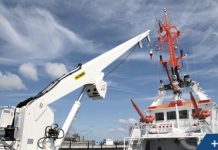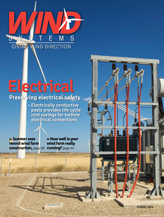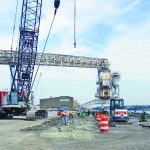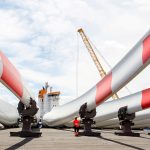DNV GL and the wind turbine blade manufacturer Sinoma have signed a partnership agreement for certification of Sinoma’s products to improve the reliability and quality of blades manufactured in China. Certification ensures that turbines that use blades produced by Sinoma comply to international safety and reliability standards throughout their lifespan, in onshore and offshore wind applications.
As wind turbines increase in size, the failure of key components as rotor blades can lead to significant losses for the different stakeholders involved.
“Turbine manufacturers constantly work on improving quality and reliability of wind turbine components such as rotor blades and gearboxes for example,” explains Daniel Hein, Country Manager China for Renewables Certification, DNV GL. “Certification helps to increase the credibility and trust in the quality of such components. The objective of the wind industry is to provide clean, reliable and affordable energy. In order to achieve this, it is important that the industry concentrates its efforts to increase the quality and efficiency of wind turbines. I am confident that the long term partnership between Sinoma and DNV GL will contribute to this and will yield mutually beneficial results. We expect that other manufacturers consider to follow the example of Sinoma and improve their competitiveness, as OEMs and wind farm operators increasingly pay attention to the quality of rotor blades and the used materials throughout the manufacturing process.”
The partnership with DNV GL will contribute to an improvement of wind turbines that use Sinoma’s blades and to a stronger market positioning for the blade manufacturer.
Sinoma is engaging DNV GL as certification body to maintain and increase the company’s processes and product quality.
DNV GL’s main responsibilities within the framework of the partnership include certifying rotor blades, certifying rotor blade repair shops, materials, supervising material production, and assessing blade designs as well as the implementation of quality requirements throughout the manufacturing process in the entire supply chain.







































